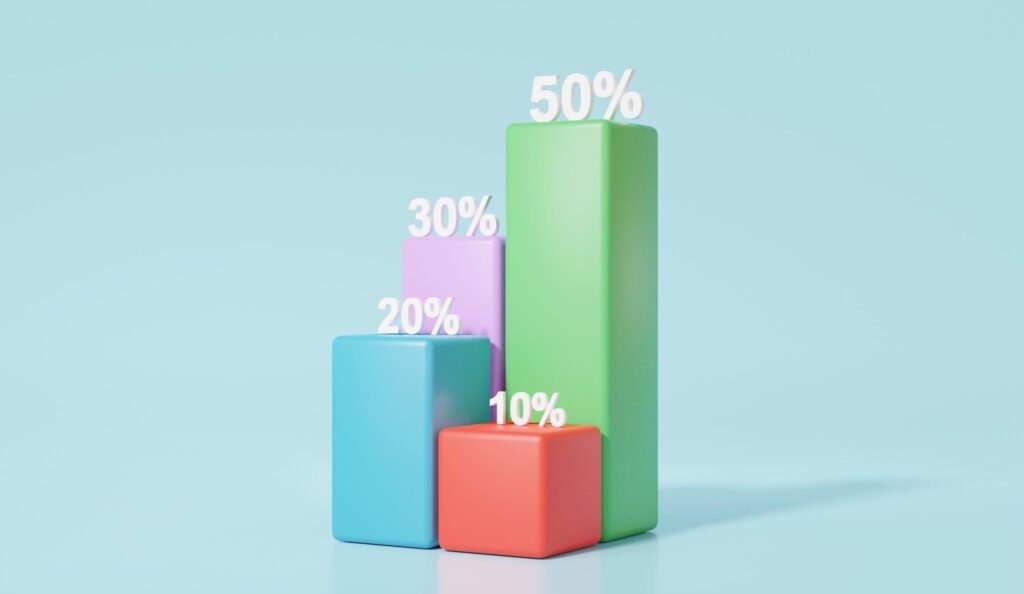Investing needs proper planning. Whether one invests for long-term or short duration, whether one invests in physical assets or financial assets, one can’t ignore the most important tenet of Planning.
So how do I plan the investments? What factors should one consider before making the first move for the investments? Is it only investible surplus that counts? Of course not!
While money is the protagonist here, one needs to consider a slew of other factors, too viz-a-viz age, risk-taking ability, financial goals, how soon one wants to achieve goals and which investment channel one should choose.
One may do everything right but seldom focus on two major factors – age and risk taking ability. Surely, age is just a number but that does not hold true in the case of investments. Age does have a significant impact on one’s investments.
The two factors of age and risk appetite are inversely related to each other. As one grows the other decreases. For instance, if someone is in his/her 20s, the ability to bear losses would be higher. Because there is a very less financial burden on the investor. Thus, one may invest in relatively risky investment channels in order to earn huge returns. Whereas a person in his/her 40s, who’s married and has a kid may invest more in Bank FDs. Because these investments guarantee capped returns on the investments.
Refer to the below table to know how much of the investible surplus one should invest in equities.
| Age | 20s | 30s | 40s | 50s | 60s |
| Risk Appetite | Very High | High | Medium | Low | Very Low |
| Risk Profile | Very Aggressive | Aggressive | Moderately Aggressive | Moderate | Consevative |
| Equity | 75% | 60% | 40% | 30% | 20% |
| Others | 25% | 40% | 60% | 70% | 80% |
Remember, the investible surplus may vary depending upon one’s earning capacity and the future goals.






